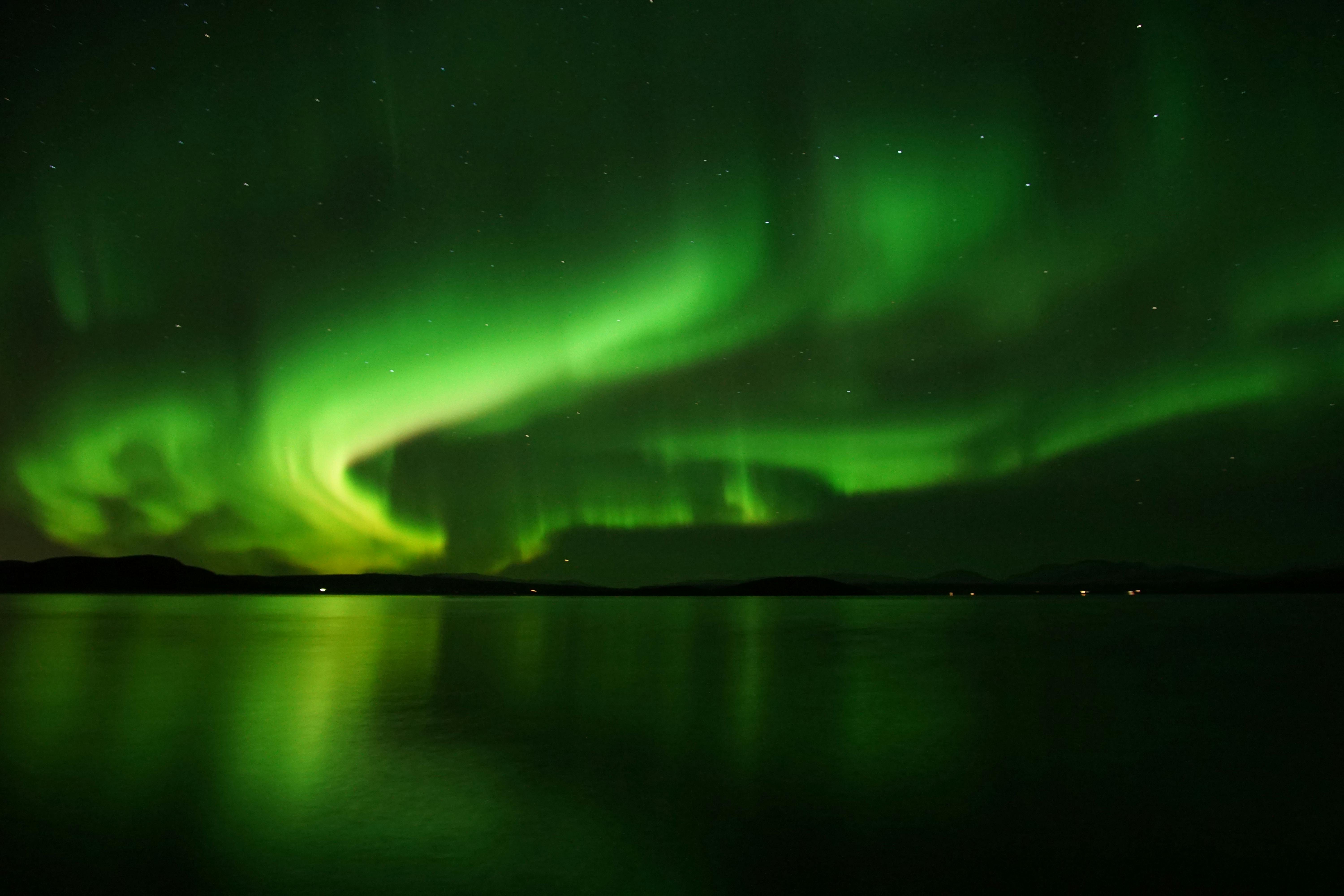
Northern lights (aurora borealis): what they are and how to see them - part 2
At any given moment, the sun is ejecting charged particles from its corona, or upper atmosphere, creating the solar wind. When that wind slams into Earth's ionosphere, or upper atmosphere, the aurora is born. In the Northern Hemisphere, the phenomenon is called the northern lights (aurora borealis), while in the Southern Hemisphere, it's called the southern lights (aurora australis). "These particles are deflected towards the poles of Earth by our planet's magnetic field and interact with our atmosphere, depositing energy and causing the atmosphere to fluoresce," Billy Teets, the director of Dyer Observatory at Vanderbilt University in Nashville, Tennessee told Space.com. The bright colors of the northern lights are dictated by the chemical composition of Earth's atmosphere. "Every type of atom or molecule, whether it's atomic hydrogen or a molecule like carbon dioxide, absorbs and radiates its own unique set of colors, which is analogous to how every human being has a unique set of fingerprints," Teets told Space.com. "Some of the dominant colors seen in aurorae are red, a hue produced by the nitrogen molecules, and green, which is produced by oxygen molecules." Teet continued.
Comments
No comments yet. Be the first to leave a comment!
Leave a Comment